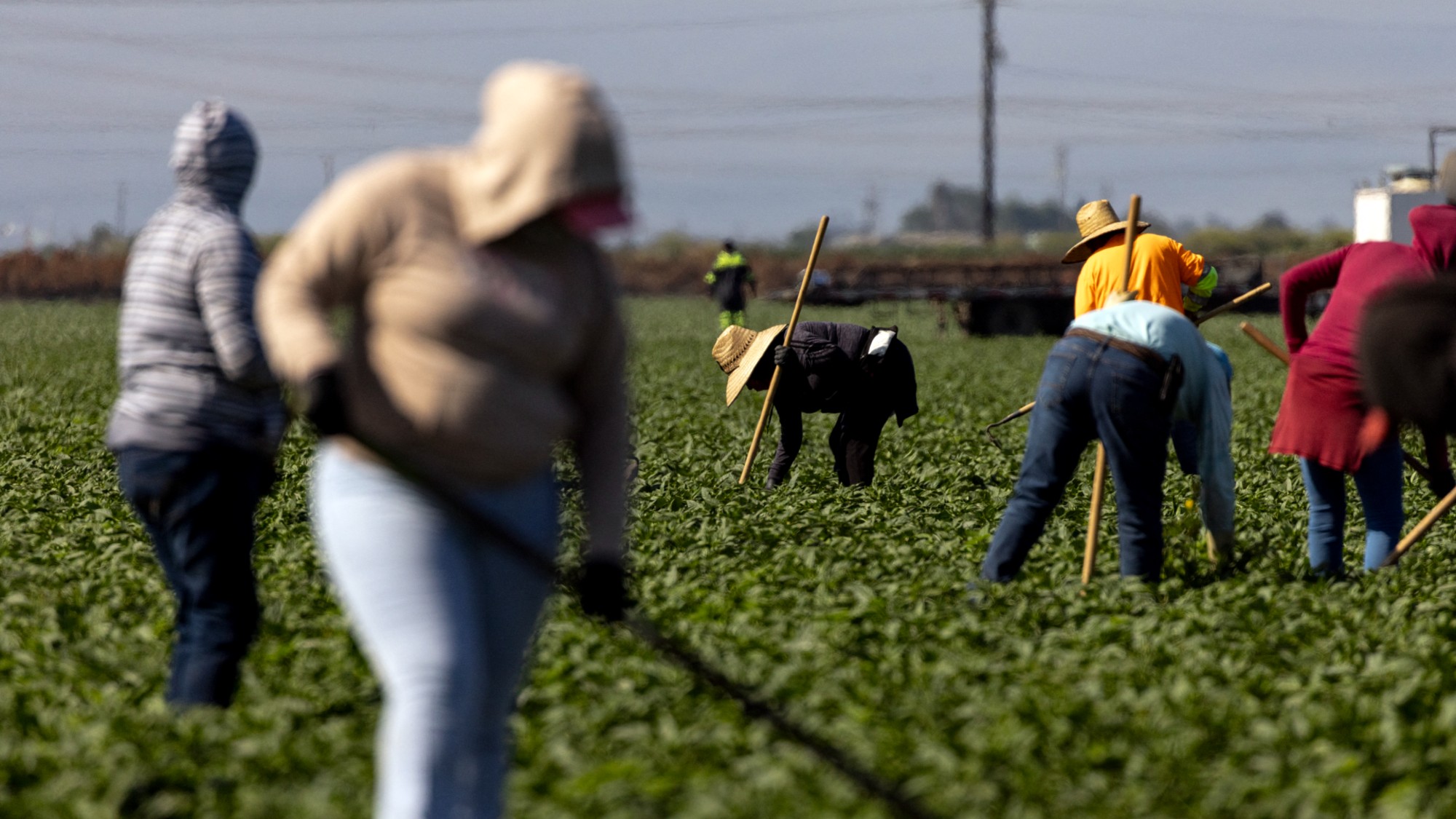These futuristic X-rays could revolutionize disease diagnosis
They're in color — and 3-D

Each week, we spotlight a cool innovation recommended by some of the industry's top tech writers. This week's pick is colored X-rays.
Adapting tools used by physicists to detect subatomic particles at the Large Hadron Collider, researchers at New Zealand's Otago University have captured 3-D color X-rays of the human body, said Emily Baumgaertner at The New York Times. The scanner they developed may eventually diagnose illnesses without invasive surgery. Functioning much like a digital camera that turns subatomic particles into a pixel image, the tool is designed to "find the explanation for somebody's symptoms, like a tumor, and then find the best way to reach it with the least amount of detours and misadventures."

The scans show high-resolution images of bodily tissue, "including minute disease markers." Researchers "have generated images of ankles and wrists, but eventually plan to scan full human bodies." A clinical trial with orthopedic and rheumatology patients is planned in coming months.
The Week
Escape your echo chamber. Get the facts behind the news, plus analysis from multiple perspectives.

Sign up for The Week's Free Newsletters
From our morning news briefing to a weekly Good News Newsletter, get the best of The Week delivered directly to your inbox.
From our morning news briefing to a weekly Good News Newsletter, get the best of The Week delivered directly to your inbox.
A free daily email with the biggest news stories of the day – and the best features from TheWeek.com
-
 Mixed nuts: RFK Jr.’s new nutrition guidelines receive uneven reviews
Mixed nuts: RFK Jr.’s new nutrition guidelines receive uneven reviewsTalking Points The guidelines emphasize red meat and full-fat dairy
-
 Will regulators put a stop to Grok’s deepfake porn images of real people?
Will regulators put a stop to Grok’s deepfake porn images of real people?Today’s Big Question Users command AI chatbot to undress pictures of women and children
-
 ‘All of these elements push survivors into silence’
‘All of these elements push survivors into silence’Instant Opinion Opinion, comment and editorials of the day